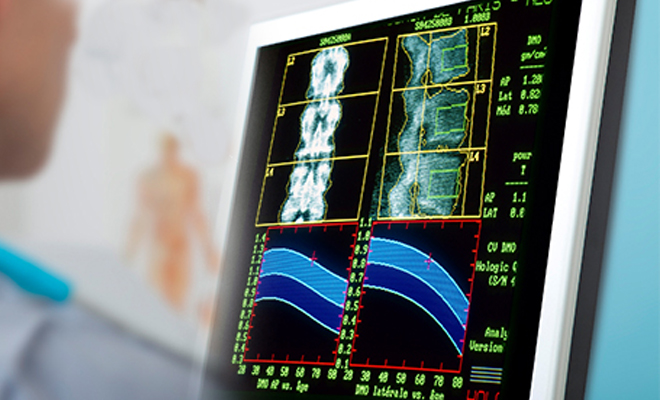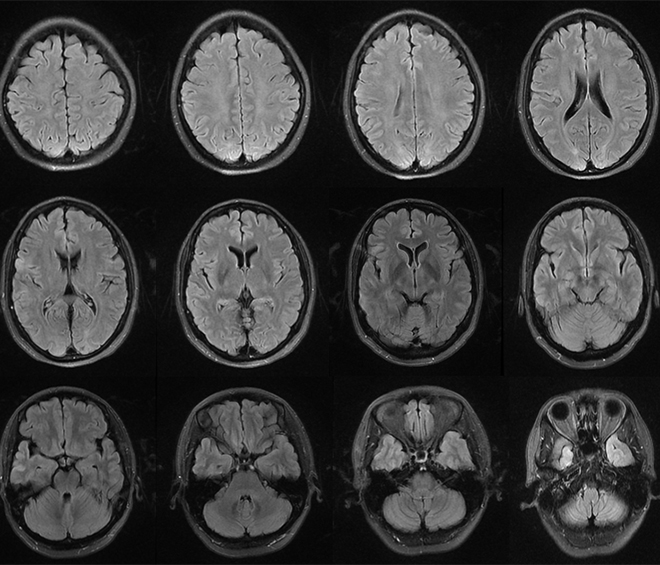Medical image data processing is a key technology that involves in-depth analysis, interpretation, and extraction of effective information from medical images. These data may come from various medical imaging techniques, such as X-ray diffraction, computed tomography (CT), and magnetic resonance imaging (MRI). The main goal of medical image processing is to use advanced image processing and analysis algorithms to extract quantitative and qualitative information for disease diagnosis, treatment planning, and disease monitoring from raw images.
Medical imaging data processing plays a crucial role in the medical field. Firstly, it provides doctors with a powerful tool for accurately diagnosing diseases. By analyzing imaging data in detail, doctors can identify and locate abnormal structures, tumors or vascular lesions, and conduct precise quantitative evaluations, which is crucial for early detection and effective treatment of diseases. Secondly, medical image processing plays a crucial role in treatment planning and surgical navigation. By accurately processing and reconstructing imaging data, doctors can determine the most suitable treatment plan and accurately plan surgical steps, thereby reducing surgical risks and potential complications. In addition, medical imaging data processing is also an important means of monitoring disease progression and evaluating treatment effectiveness, providing valuable quantitative data for clinical research.





